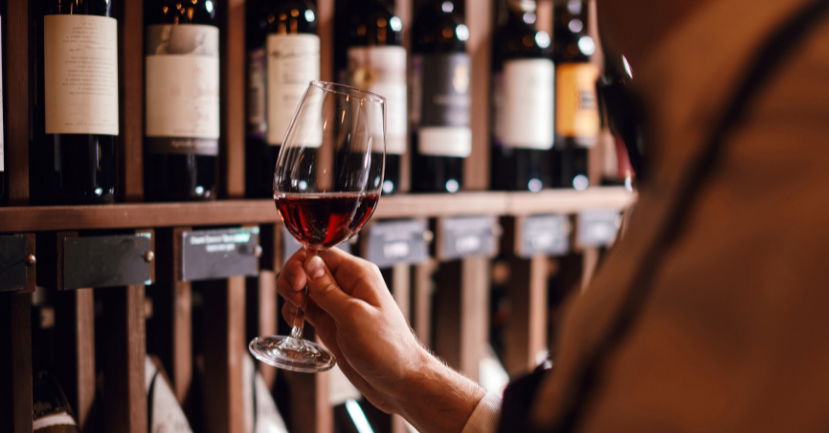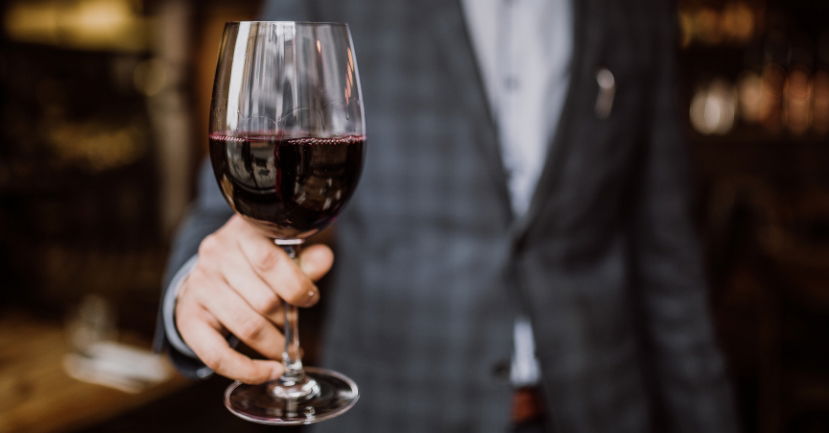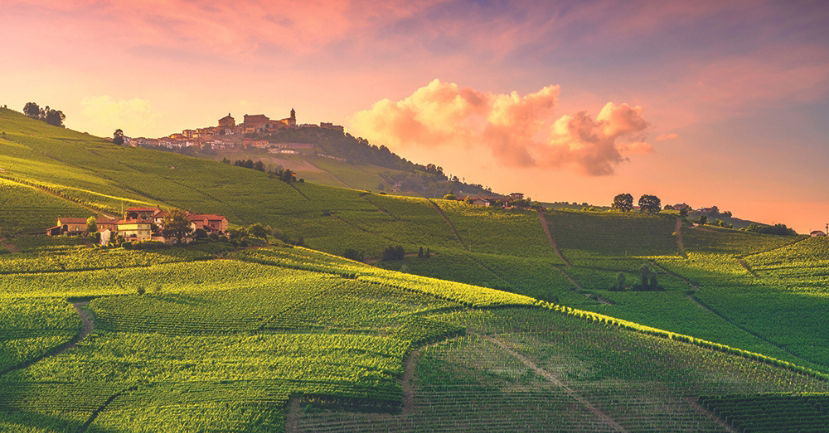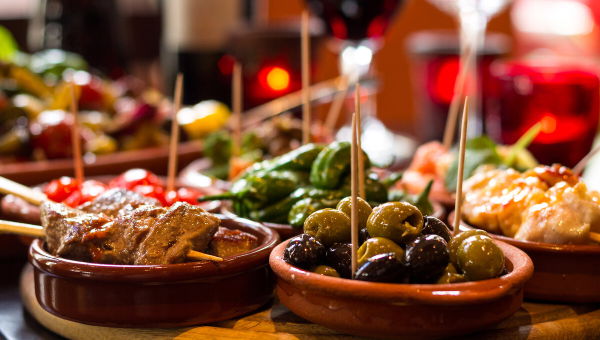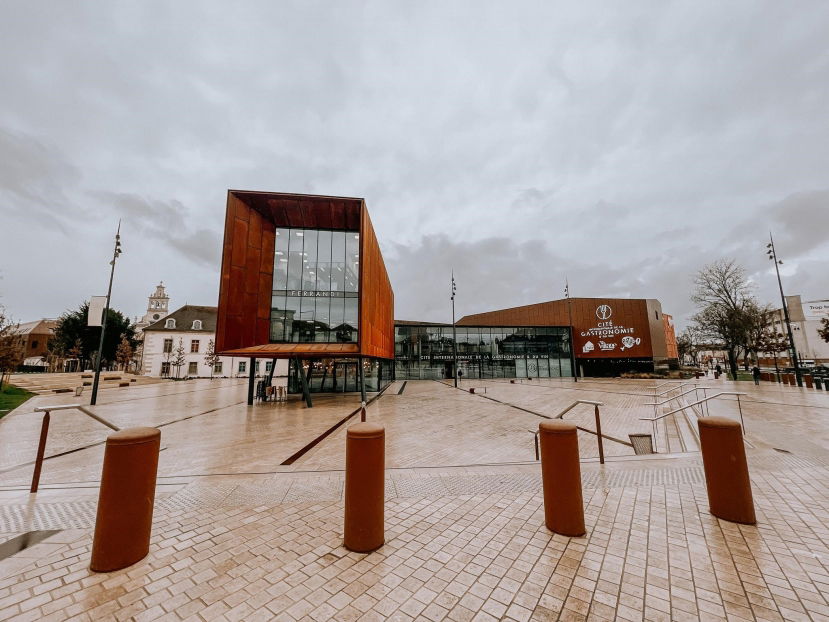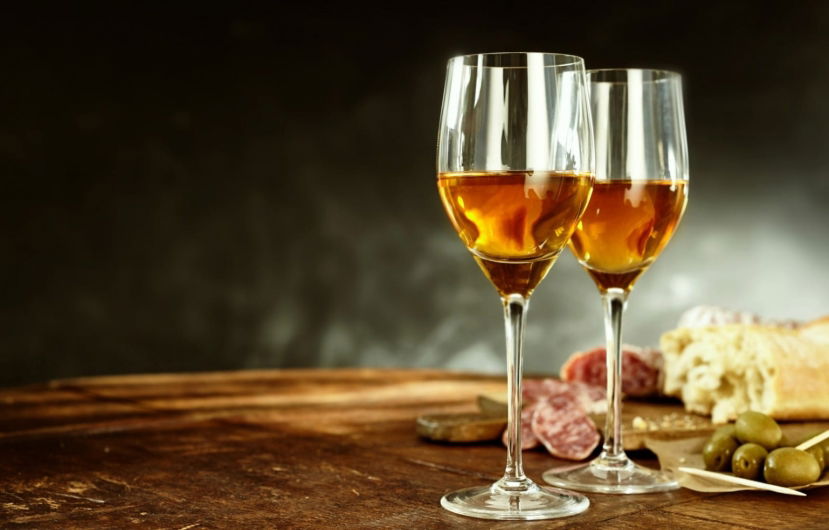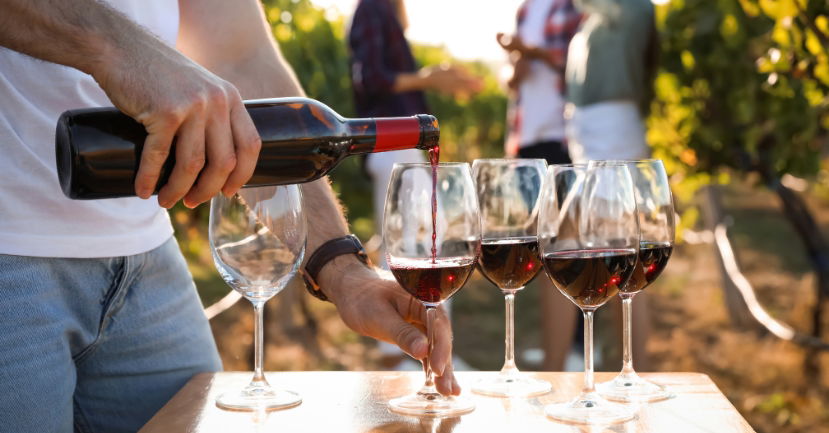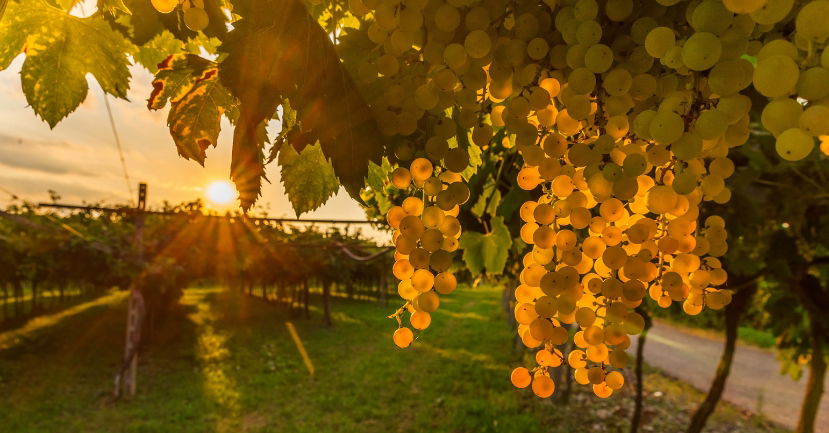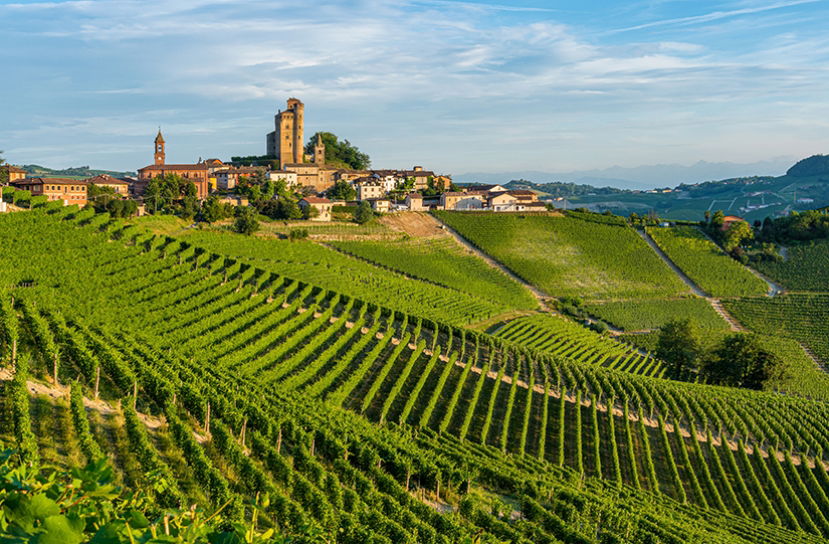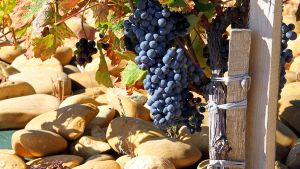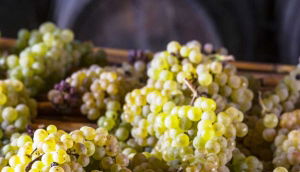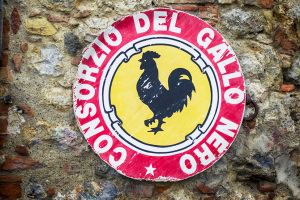BLOG
Blog
Andrew Jefford Tasting & Trends
The 2022 vintage was, in general, a great year for France. Weirdly. Look at the data. It shouldn’t have been: the gauges for both drought and heat were often flashing red. What happened?
Michèle Shah Viticulture Insights
Italy has a rich and diverse history of winemaking, old vines and traditional grape varieties that contribute to the country's ancient wine culture, which has evolved throughout the centuries.
Kirra Barnes Wine Education & Careers
The best way to make sense of French red wines is to simply start tasting them. France offers the perfect red wine for every occasion—from steak frites on Monday, to boeuf bourguignon with the in-laws on Sunday. Many of France’s best red wines are labeled with the name of the wine appellation,...
Lisa Airey Wine Education & Careers
One could argue that France is the philosophical heart of fine wine. Much of what the world now does, from vineyard practices to winemaking techniques, can be traced back to the viticultural motherland. Here are some must-know terms for exploring the wines of France.
Tom Hyland Wine Education & Careers
Wine Scholar Guild is pleased to provide its readers with vintage and harvest reports for some of Italy’s most famous regions, from 2010 onward. We felt it was time that we expand our assessment of vintages and harvest reports outside of France and Italy was first on our list. To compile this...
Jacopo Mazzeo Wine Education & Careers
Wine is fermented grape juice…in theory. However, in practice, modern wine may be made by using a wide array of compounds aimed at facilitating the winemaking process, enhancing the product’s organoleptic qualities, or simply fixing problems before or after they arise.
Justin Martindale MW Wine Culture
There is a man in Logroño’s Calle Laurel who makes garlic mushrooms. It’s the one and only thing on the menu, not that there is a menu. Griddled mushrooms, served on toast, drowning in garlic butter with a small slice of prawn on top. They are miraculous. I think about him and this bar often, as I...
Emily Lester Regional Spotlight
Uncovering the Secrets of Burgundy's Winemaking Tradition through Immersive Exhibitions, Workshops and Tastings...
The Old Vine Conference Wine Education & Careers
WSG is proud be the first Educational Partner of The Old Vine Conference. Read more to find out how this dynamic non-profit organization is actively creating a global network of old-vine disciples while raising awareness through education.
Justin Martindale MW Regional Spotlight
When I first joined the wine industry some 16 years ago, I was thrown in at the deep end specialising in selling the world’s finest wines to the well-heeled customers of Northwest London. In those early days, one of the topics that frequently plunged me under the water was when I had to sound...
Andrea Eby Regional Spotlight
“Andreeeeea! There is no plane from Napoli to Ancona!” This was the incredulous cry that I heard from my Campanian friends when I told them how I was leaving their beautiful region to visit Marche. They were sure that when I arrived at the terminal, that what I thought was going to be a plane...
Peter Liem Wine Education & Careers
Of all the styles of sherry, palo cortado is the most ambiguous, and indeed, deliberately so. The Consejo Regulador, sherry’s governing body, defines every other style of sherry in relatively specific detail, yet when it comes to palo cortado, the rules describe it simply as a wine combining the...
Kirra Barnes Wine Education & Careers
The best way to make sense of Italian red wines is to simply start tasting them. Italy offers the perfect red wine for every occasion—from pizza on Monday to roast beef with the in-laws on Sunday. Many of Italy's best red wines are labeled with the name of the wine appellation, often combined with...
Kevin Day Wine Education & Careers
When you think of Italy’s vast array of wine grapes, which one comes to mind as the most difficult to study? Maybe Nebbiolo, for its seemingly endless site-specific details? Or Sangiovese, simply because there is so much of it, in so many different forms? I would posit that Trebbiano is perhaps...
Pamela Kindel Connors Wine Culture
Some of the most exciting opportunities within the job market lie within the wine industry. They represent careers which span a remarkably diverse range of talent which among them include winemaking, marketing, consulting, journalism, chemistry, and software development. It is no secret that the...
Tom Hyland Tasting & Trends
Wine professionals and consumers share a similar aspiration when they visit a wine region; they want to enjoy the area’s best dining experiences so they can pair their favorite local wines with the territory’s typical food offerings. While commonplace throughout Italy, this situation is nowhere...
Julien Camus Tasting & Trends
As autumn is drawing to a close and the wine presses have been washed and put away, the first wines tasted before being blended confirm what had been sensed: 2016 is going to be a fabulous vintage! And if some compare it to the magnificent 2010, some others do not hesitate to go as far as the...
Maurizio Broggi Wine Education & Careers
Grapes for Vin Santo Drying in the Vinsantaia One of the most characteristic wines of Toscana is Vin Santo. This passito is an ancient and traditional specialty produced throughout the entire region. Its origin dates back to the Middle Ages, but the prototype for this style of wine can be traced...
Lisa Airey Wine Education & Careers
Almost every wine book in print speaks of the 13 grape varieties of Châteauneuf-du-Pape, but this count is not exactly accurate. If you factor in all of the color variants of those 13 grapes, you end up with 22 authorized grapes for this appellation!
Maurizio Broggi Wine Culture
The Gallo Nero (Black Rooster) was the historic symbol of the League of Chianti and has become the symbol of the wines of Chianti Classico. The Black Rooster symbol is linked to a medieval legend that takes place during the time of open hostilities between Firenze and Siena for control of the...



